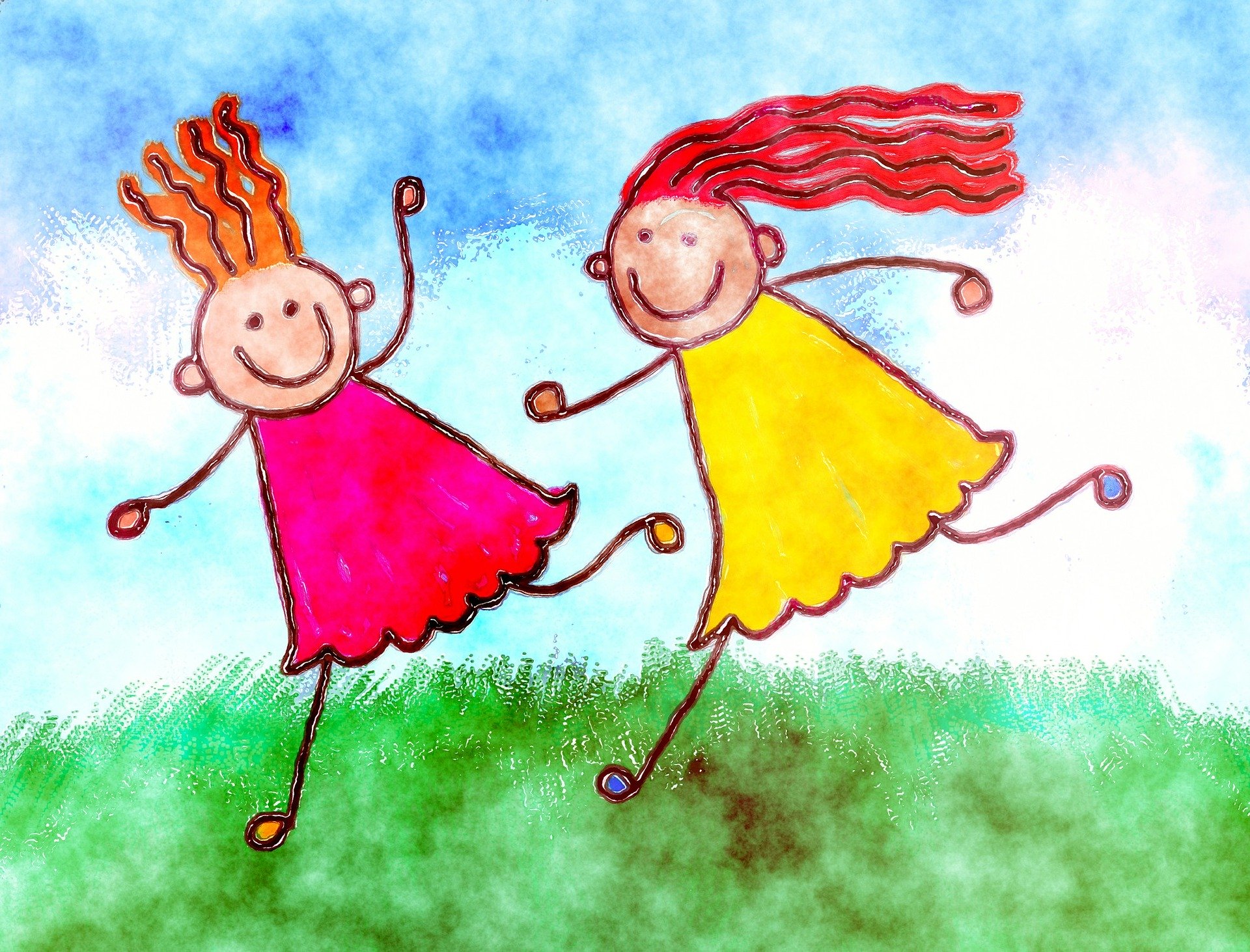You decide to organize your messy basement, which has both known and unknown contents. As your eyes scan the piles of boxes, your mind suddenly cracks, like a cartoon character whose brain springs out of his head. You hurry away because it is just too much.
The experience of being overwhelmed feels a lot like being flooded. You are unable to problem-solve, and you feel helpless to process what is coming at you. It takes mere seconds for your body to overrule your intentions.
Something physiological is happening.
It is called the Fight-Flight-Freeze response.
Fight-Flight-Freeze is a survival response where parts of your body get hyper-activated while others shut down. This response allows you to run from danger, fight off an intruder, or remain attentively immobile to prepare for your next move.
It starts in the part of your brain that perceives fear–your amygdala—which sends a signal to the hypothalamus to activate the autonomic nervous system.
Depending on the response necessary, your body will either deploy the sympathetic nervous system (fight or flight) or the parasympathetic nervous system (freeze). Stress hormones adrenaline or cortisol get released as needed until the danger passes.
Confronting a bear or running from an active shooter are legit reasons to trigger a survival response, however, our brains may start the response even in nonthreatening situations, like the messy basement or a daunting project for work.
Having continuous exposure to adrenaline and cortisol, even in situations that don’t merit it, causes your immune system to be suppressed. We call this stress.
Being easily overwhelmed is a sign of stress.
If you are unable to shut down your brain at the end of the work day or to take a mental break on weekends, you most likely have the fight-flight-freeze hormones running rampant in your body.
I can tell I am deeply stuck in system overwhelm when even a tiny obstacle shuts me down.
The solution for this level of overwhelm is shifting your nervous system using meditation and other stress-busting body techniques.
Today, I want to address a less embedded form of overwhelm and explain why you want to make friends with it.
Feeling overwhelmed is your friend because it tells you something valuable.
Your friend, overwhelm, is telling you one of two things: 1) that too much information is coming at you or 2) that you need more rest and self-care.
What if, instead of fighting against feeling overwhelmed, you recognized that sense of wanting to run away or hide under the covers as a signal?
It is this signal that it allows you to interrupt the process.
Here are three ways to make friends with overwhelm:
- Dump your stress
Do a brain dump of all the things that are stressing you out by writing them down. What are the work problems that feel like too much? What thoughts are you having when you look out at the cluttered basement?
When you write these thoughts down, you give them an alternate place to go that is outside of your head. Once they are on paper, you can assess the ideas more rationally. Do you really have to complete this whole task in a day? Where did that expectation come from? What task or part of a task is your highest priority?
- Place non-essential tasks in a “parking lot”
The stressors from your brain dump that are not your priority, but that you want to remember, need a place to go. Picture a parking lot where each car is a task/stressor. You’ll be amazed by how assigning a parking spot to each thought clears out your brain and allows it to focus on your priority task.
Play around with this–especially if you are a visual learner. Print out a parking lot image to post on a bulletin board or keep in a notebook. Draw the outline of a car or use a small post-it to indicate where each task/worry is parked. Create a habit around parking non-priority thoughts so that you are less prone to getting overwhelmed.
- Do the “no-brainer” test
Looking out over a cluttered basement, you might think that everything is equally important, and so, you do not start. The same can feel true for accomplishing a business project. Once you find your first step, you discover that fuzzy overwhelm turns into concrete steps. The key is to identify the first step.
I came up with the no-brainer test as a way to make a task smaller and smaller, until it feels so doable that you say, “That’s a no-brainer! I can do that!” Say the task out loud, then check in with your body. Does your body feel as though you want to run away? If so, make the task smaller: just a piece of what the larger task is.
Repeat the process until you arrive at the action that feels like a no-brainer. Don’t let your mind tell you that the task is too small to count as progress. The truth is, once you find your next step, you will be energized to find another next step. Pretty soon, you are making progress. That’s much better than doing nothing because your expectations were sending you into fight-flight-freeze.
Thank you, Overwhelm.
When overwhelm is your enemy, you resist it and suffer the physiological consequences of fight-flight- freeze. When overwhelm is your friend, you can treat it as a messenger. It’s communicating that the information needs to be processed in a different way.
The more you resist and try to push through, the more stress intensifies your negative reaction, creating more overwhelm.
It’s possible to interrupt this process by making overwhelm your friend. Test out the techniques above and let me know if any of them work for you. I love hearing what helps you and why.




